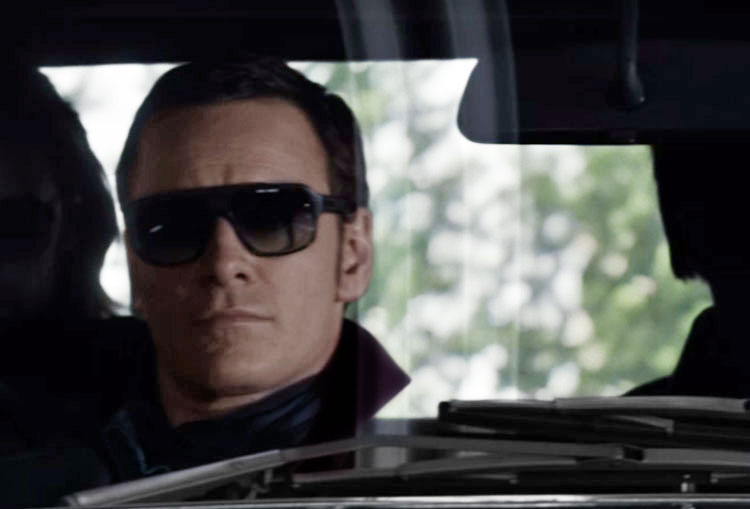With confirmation that X-Men: Apocalypse is set in 1983, we count down cultural and political events from that year to give the X-factor.
On Monday, we had our long awaited revelation about what year X-Men: Apocalypse would be set in. We have known for a long time that it would likely be another 10-year jump into the 1980s, but the confirmation of a full decade jump to 1983 raises some intriguing story possibilities.
This jump in time will allow Xavier to recruit his first "A-list" students like Scott, Jean, and Storm. It also will allow audiences to see an Xavier, Magneto, Beast, and even a Mystique who have grown accustomed to their powers and their roles in life after so much hand-wringing in previous "First Class" installments. But perhaps most tantalizing of all, there will be a new period to explore.
Because if X-Men: Apocalypse is anything like the last two team movies, when it happens will be just as important as what happens. X-Men: First Class' 1962 backdrop let these characters emerge in the same year that Sean Connery first uttered the immortal words, "Bond, James Bond." And one look at how director Matthew Vaughn and Michael Fassbender realized Erik Lehnsherr/Magneto in that movie will tell you that he could have just as easily donned the tux for a moment. This was also the year of the Cuban Missile Crisis, which allowed for a third act confrontation built around all the stakes of the moment when the world came closest to nuclear annihilation.
Continuing the trend more earnestly, X-Men: Days of Future Past primarily spent its time in 1973, the year of the Paris Peace Accords that "ended" the Vietnam War. And like the Cold War in the previous movie, that conflict hangs heavy on the sequel, particularly with how worn-out and cynical a shaggy-haired and drug-addled Charles Xavier has become after his students were drafted, as well as in the angry, youthful radicalism of Mystique: Consider that she began the picture in Saigon fighting higher-ups who sought to take advantage of war-weary enlisted men.
Undoubtedly, the period setting of 1983 is just as likely to play a role in X-Men: Apocalypse as the political and cultural landscapes that informed its predecessors. So... what from 1983 can X-Men: Apocalypse utilize for its story?
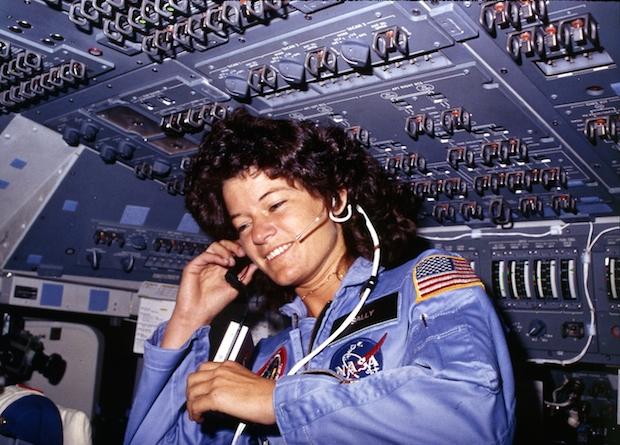
An Earthquake Hits...New York?!
A good place to start with any movie titled X-Men: Apocalypse is with events of such cataclysmic effect that they are indeed apocalyptic, and Simon Kinberg has hinted that they're aiming for a "disaster movie" vibe for X-Men: Apocalypse And what are the odds that an earthquake hits the Big Apple?
Yet, that is exactly what happened (kind of) when a 5.1 magnitude shaker rolled upstate New York, starting around the Saranac Lake and Goodnow, NY. It was felt from New Jersey to Boston with everyone's favorite city to knock down in summer movies caught in the middle. While the actual earthquake was fairly minor and barely felt other than cursory property damage, it could be exploited as the backdrop for Apocalypse's more nefarious plan to bring ruin to humanity. Perhaps the earthquake is the results of the X-Men foiling Apocalypse's bigger scheme?
It certainly could be changed to a larger disaster with the "changed timeline" of world events post-Days of Future Past. And if Apocalypse can control the ground, perhaps Xavier will seek a mutant who can control the skies…or at least the storm clouds in them?
Sally Ride Becomes The First Woman In Space
While it certainly wasn't the 1960s space race, it is safe to say that Americans were looking to the stars in the early 1980s, if in no small part because Return of the Jedi came out in 1983. But more importantly, it was also the year that NASA made Sally Ride the first woman to go into orbit when she joined the crew of the Challenger for its maiden mission into the heavens on April 4, 1983. In fact, later that year, Guion Bluford Jr. became the first African-American in space during the Challenger's second flight on August 30, 1983.
All of this could be crucial if the X-Men are forced to rewrite history and hitch a ride into space for their own reasons. After all, the X-Men have long been space travelers in the comics. Even before the Shi’ar, the most famous X-Men story involved Jean Grey taking the reins of a space shuttle flight. And again, timeline shifts might mean Dr. Grey could steal Dr. Ride's glory (at least for a movie). But why would the X-Men need a reason to go to space?
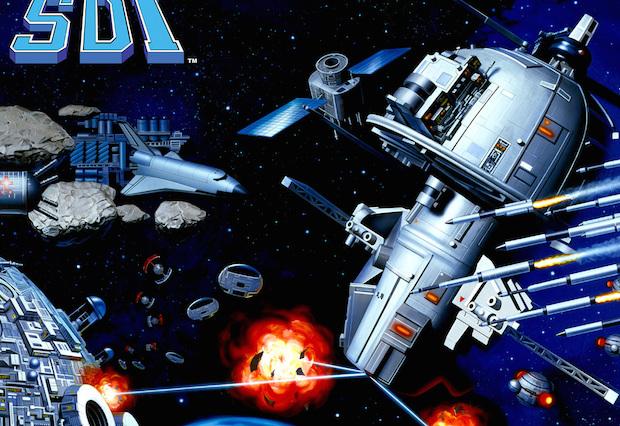
Ronald Reagan Finally Gets A Star Wars Movie
Since X2, the U.S. president (fictional or otherwise) has played a major role in every X-Men movie to date. Why stop now? Richard Nixon, amusingly played with great ham by Mark Camacho, was crucial to X-Men: Days of Future Past by ordering up a supersized Sentinel program that originally brought about the end of the world. And Kennedy made an appearance, albeit through archival footage, in X-Men: First Class during the height of the Cuban Missile Crisis…even if the U.S. War Room used in that picture more resembled Dr. Strangelove.
Now, it might be time to return to that Cold War paranoia that served the beginning of the "First Class Trilogy" so well. Since Simon Kinberg and Bryan Singer have made it clear that the changed timeline events of Days of Future Past make Apocalypse's ascension in the 1980s possible, perhaps the U.S. government will be looking for a new space-age mutant deterrent that wakes something in orbit? Sure, the Sentinel program got scrapped in 1973 (not long before Nixon's presidency and legacy itself), but it could have facilitated a new anti-mutant political class that would return to power during “Morning in America."
After all, Ronald Reagan's March 23, 1983 announcement of Strategic Defense Initiative, or SDI, was an intentional invoking of Cold War fears with the aim of destroying the nuclear war deterrent of Mutually Assured Destruction (MAD). Convinced that MAD could not be counted on in the face of potential Soviet aggression, Reagan looked to posit what had been an offense-based nuclear deterrent policy to a defensive one by creating ground and space based systems to shoot down nuclear ballistic missiles. He might have called it SDI, but the press howled with derision, coining the term "Star Wars" for it. The result was a fear that destabilizing MAD would stir tensions with the Soviets (not unfounded) and the realization that X-ray laser-firing satellites and neutral particle beam firing rockets was simply impossible, especially in 1983...
But this is a comic book movie universe where in 1973 giant robots were par for the course! So, when that fantastical timeline is extrapolated further with the introduction of mutants who can control those same robots on the White House lawn, maybe it will be the kick in the pants that Reagan needs to make his own "Star Wars" reboot happen as a mutant deterrent? While I have no idea what 20th Century Fox's legal relations are to the actual Star Wars series post-Disney, surely there could be a nod in there somewhere for a franchise they distributed the previous six installments of over 30 years? Either way, "Star Wars" coupled with the X-Men would make for a pricy weapon to use against Apocalypse and even a good excuse to bring in Asteroid M from the comics.

Invasion of Grenada
To continue on Reagan actions of a 1983 vintage, there was the incredibly short-lived but overall successful invasion of Grenada. To be sure, the Cuban Missile Crisis, it's not. But with the way the Reagan Administration preached that a Grenadian airport under construction (and built mostly by a British firm) was secretly engineered for Soviet and Cuban military designs in the Caribbean, some American citizens probably thought it was at the time. After political unrest led to the murder/execution of former Grenadian Prime Minister (and former-former revolutionary) Maurice Bishop, it was more than enough to see that exceedingly long airport runway have a target painted on it. Factor in American medical students on the ground during the country's government collapse, and a full-scale land invasion became imminent.
On October 25, 1983, eight thousand American military personnel along with over 350 members of the Caribbean Peace Forces invaded Grenada for a conflict that took longer to explain than it did to execute. The events left 19 Americans dead and 116 wounded, as well as 25 Cuban forces dead, and 45 dead and 358 wounded on the Grenadian military side (24 civilians were killed). The U.S. electorate considered it a major win since it was the superpower's first military action since the Vietnam War nightmare; international opinion was decidedly more mixed. Whatever the view, it led to Grenada being returned to a constitutional government in 1984 elections.
Perhaps, the X-Men were there too, ready to battle Apocalypse all the way to the South American coast?
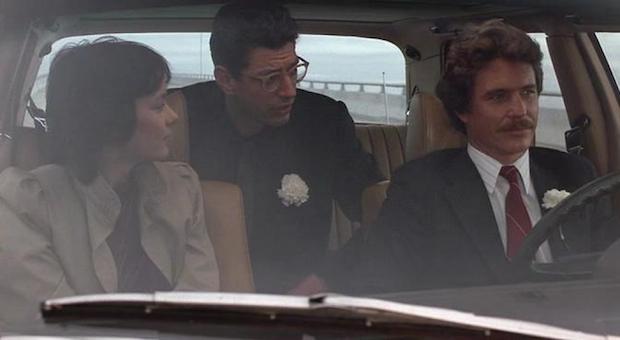
The Year of the Big Chill
On the pop culture side, one of the biggest movies of 1983—and movie soundtracks ever—was The Big Chill. And if ever there were a Lawrence Kasdan movie without Harrison Ford that was most apt for inclusion in a superhero flick, this is it.
The story of a half-dozen college buddies, who grew up in the heady days of the 1960s, being brought back together during their Reaganomic sold out bliss once a shared friend commits suicide, The Big Chill was an excuse for a lot of Motown and a lot more soul-searching by the Baby Boomer generation—the generation that the X-Men of this movie franchise are now firmly rooted in.
While Xavier, Magneto, and Mystique are all technically older than Boomers, their surprisingly slow-aging (it must be that X-gene!) made them very much products of it in Days of Future Past. Xavier's optimism and Mystique's teenage zeal from First Class wore heavy in the sequel when Xavier gave in to despair and a needle after losing all his students to the war, not to mention his legs in the previous movie. Mystique feels betrayed by the people she trusted and wants nothing more than to kick the teeth in of everyone inside the Washington beltway. Yet, the two of them give peace a chance when they walk away from war at the end of that movie.
Ten years later, it will be time to revisit that moment for all three central characters. Did their youthful euphoria change the world into the image they dreamed about in the 1960s and 1970s, or has even Magneto been able to hang onto the principles he so violently defended a lifetime ago? Plus, can mutants whose heyday was during the time of the Beatles and Woodstock ever survive MTV? Add in a calculated death, and this might be the movie where all the surviving "First Class" members reevaluate priorities, past and present, in lieu of what happened when idealism met reality.
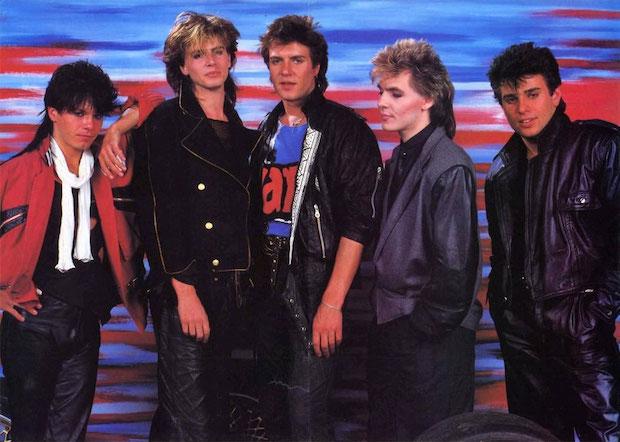
Pop Culture Drives Wolverine Berserk
While not quite as plot-driven a point, one thing is certain about the 1983 setting: Wolverine is going to be pissed.
As Hugh Jackman explained, “For Wolverine going back to the '70s—I think it's just perfect. I don't think Wolverine ever wanted to leave the ‘70s! The hair, the mutton chops, the clothes, the cars. I think the moment that Tears for Fears, Flock of Seagulls, Wham!, and Duran Duran came along, Wolverine is like 'I'm out!'"
Which means bad news for the Wolverine: Duran Duran was more than alive and kicking in 1983 with "Hungry Like the Wolf" and "Rio." Add in Bonnie Tyler's "Total Eclipse of the Heart," Irene Cara's "What A Feeling" (and hell, the rest of the Flashdance soundtrack too), and any of the hits off Michael Jackson's Thriller album, and Wolverine might be extra moody this go-round. For all we know, he chooses to have his memories wiped in this movie so he can get The Police's "Every Breath You Take" out of his goddamn head!
Wolverine's resistance to the pop culture landscape of the 1980s might also be indicative of a wider mutant cultural divide. Not every mutant is involved in the ideological war between Xavier and Magneto. By 1983, the divide between the more street level punk rock of previous years and the rise of glossier new wave and pop music could serve as a metaphor for those who have to live with outward mutations and those who look "normal."
Just as Xavier's burnt out cynicism and Mystique's radicalism in Days of Future Past reflected the extremes of America's post-60s idealistic youth culture hangover, the rise of the "Me Decade" could also illustrate the continued split between mutant aesthetics and ideals. It's hard to imagine a more perfect year than 1983 to introduce movie versions of the Morlocks and Alison "Dazzler" Blair (one of those pop artists Wolverine wouldn't approve of) to help emphasize this divide.
So, there are six things that X-Men: Apocalypse might be able to utilize to its advantage in 1983. Do you see anything we missed that might attract Kinberg, Singer, and the rest of the X-Team for the next installment?

